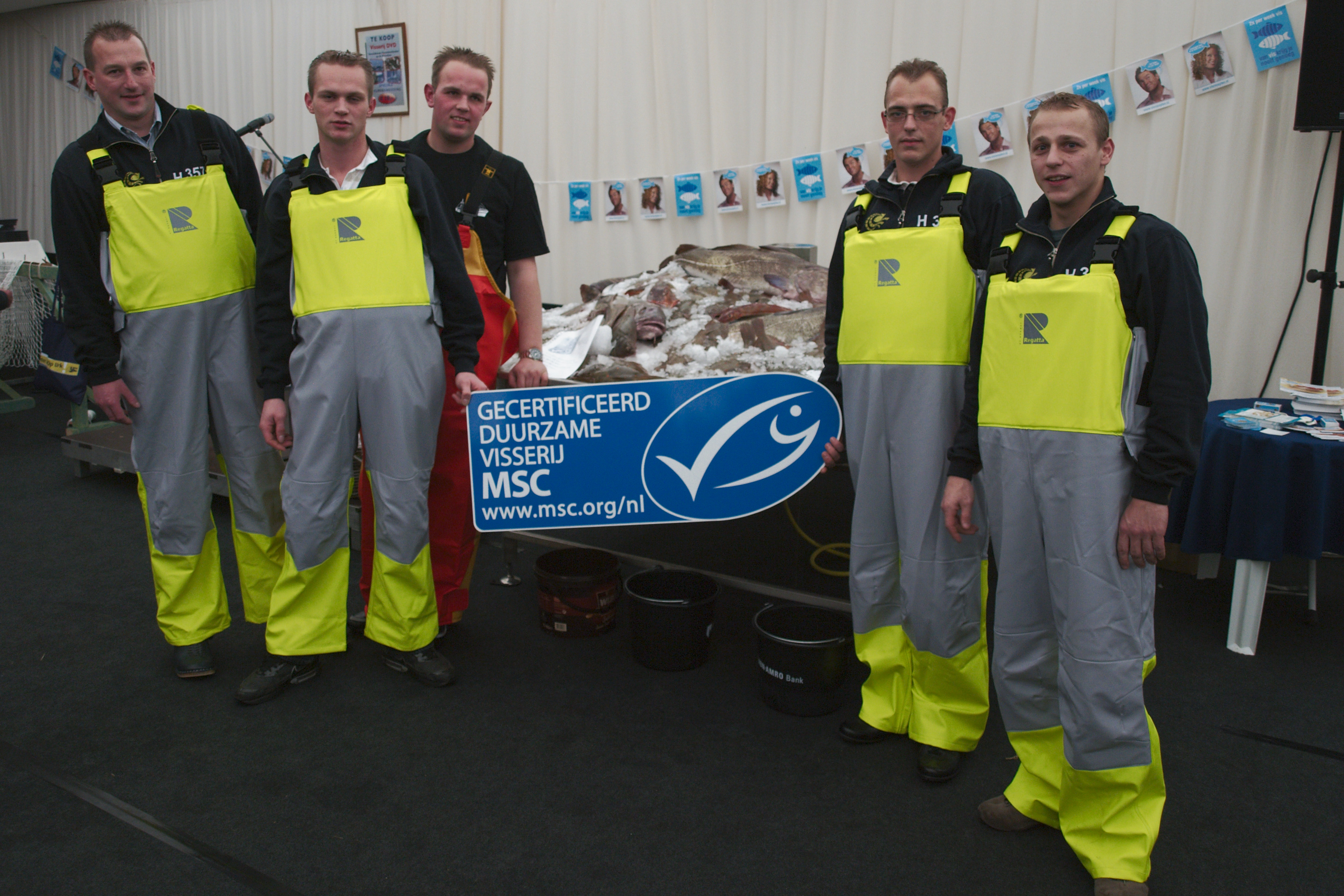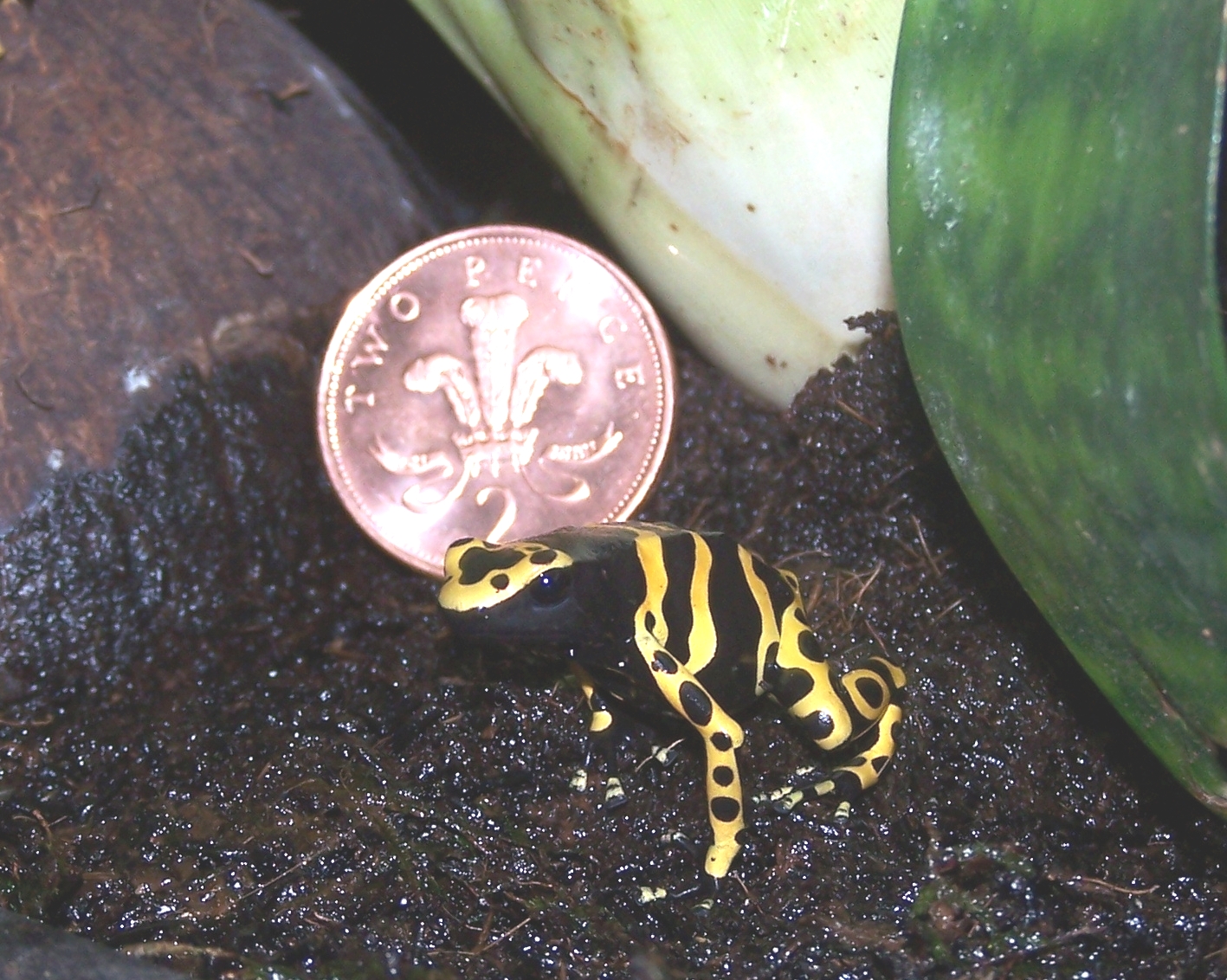|
Burro-Burro River
The Burro-Burro River is a river of Guyana. It flows directly through the Iwokrama Forest, and is an important water source for the Macushi as well as used for ecotourism. It is protected for limited use of subsistence fishing, and the river is monitored for illegal fishing and hunting. It is categorized as a black-water river, flanked by lowland tropical forest. The river is the site of archaic petroglyphs, man-made depressions and chipping stations for manufacturing stone tools. Biodiversity It is home to animals such as the Yellow-banded poison dart frog, black caiman, and capuchin monkeys. See also *List of rivers of Guyana This is a list of rivers in Guyana. By drainage basin This list is arranged by drainage basin, with respective tributaries indented under each larger stream's name. Atlantic Ocean *''Amazon River'' (Brazil) **''Negro River'' (Brazil) ***''Branc ... References *Rand McNally, The New International Atlas, 1993. GEOnet Names Server Rivers of Guy ... [...More Info...] [...Related Items...] OR: [Wikipedia] [Google] [Baidu] |
Guyana
Guyana ( or ), officially the Cooperative Republic of Guyana, is a country on the northern mainland of South America. Guyana is an indigenous word which means "Land of Many Waters". The capital city is Georgetown. Guyana is bordered by the Atlantic Ocean to the north, Brazil to the south and southwest, Venezuela to the west, and Suriname to the east. With , Guyana is the third-smallest sovereign state by area in mainland South America after Uruguay and Suriname, and is the second-least populous sovereign state in South America after Suriname; it is also one of the least densely populated countries on Earth. It has a wide variety of natural habitats and very high biodiversity. The region known as "the Guianas" consists of the large shield landmass north of the Amazon River and east of the Orinoco River known as the "land of many waters". Nine indigenous tribes reside in Guyana: the Wai Wai, Macushi, Patamona, Lokono, Kalina, Wapishana, Pemon, Akawaio and Warao. Histo ... [...More Info...] [...Related Items...] OR: [Wikipedia] [Google] [Baidu] |
Iwokrama Forest
The Iwokrama Forest is a nature reserve of central Guyana located in the heart of the Guiana Shield, one of the four last pristine tropical forests in the world ( Congo, New Guinea, and the Amazon rainforest are the others). It represents an important transition zone in rainfall, landforms, human histories and biological communities. At its widest, the area is , and the greatest extent in a north-south direction is 80 km (50 mi). The Georgetown–Lethem Road dissects the forest, traversing about between the northeastern and southern boundaries. The forest lies between 4° and 5° north latitude and 58.5 and 59.5 degrees west longitude. The Iwokrama Forest is bordered to the west by the Pakaraima Mountains and to the east by the isolated highlands scattered through central-east Guyana. It is also bordered by savannahs in the southwest and northeast of Guyana. The Essequibo River forms the eastern boundary. The northern boundary is the Siparuni River. The Burro-Burr ... [...More Info...] [...Related Items...] OR: [Wikipedia] [Google] [Baidu] |
Macushi
The Macushi ( pt, Macuxi) are an indigenous people living in the borderlands of southern Guyana, northern Brazil in the state of Roraima, and in an eastern part of Venezuela. Identification The Macushi are also known as the Macusi, Macussi, Makushi, Makusi, Makuxi, Teueia, and Teweya people. Macushi, as well as the Arecuna, Kamarakoto, and Taurepan are considered sub-groups of Pemon. Language Macushi people speak the Macushi language, a Macushi-Kapon language, which is part of the Carib language family. Some in Brazil also speak Portuguese, while some in Venezuela speak Spanish, and some in Guyana speak English. The Macushi language is written in the Latin script, and the New Testament was translated into the language in 1996. Macushi were hesitant to teach their language to outsiders, thus the language was threatened in the 1950s, as it was considered "slang" compared to the official Portuguese. Housing and lifestyle They live in villages linked together by tracks and paths, ... [...More Info...] [...Related Items...] OR: [Wikipedia] [Google] [Baidu] |
Illegal, Unreported And Unregulated Fishing
Illegal, unreported and unregulated fishing (IUU) is an issue around the world. Fishing industry observers believe IUU occurs in most fisheries, and accounts for up to 30% of total catches in some important fisheries. Illegal fishing takes place when vessels or harvesters operate in violation of the laws of a fishery. This can apply to fisheries that are under the jurisdiction of a coastal state or to high seas fisheries regulated by regional fisheries management organisations (RFMO). According to the UN Food and Agriculture Organization (FAO), Fisheries and Aquaculture Department, illegal fishing has caused losses estimated at US$23 billion per year. Unreported fishing is fishing that has been unreported or misreported to the relevant national authority or RFMO, in contravention of applicable laws and regulations. Unregulated fishing generally refers to fishing by vessels without nationality, vessels flying the flag of a country not party to the RFMO governing that fishing a ... [...More Info...] [...Related Items...] OR: [Wikipedia] [Google] [Baidu] |
Yellow-banded Poison Dart Frog
The yellow-banded poison dart frog (''Dendrobates leucomelas''), also known as yellow-headed poison dart frog or bumblebee poison frog, is a poison dart frog from the genus ''Dendrobates'' of the family Dendrobatidae. Distribution and habitat ''Dendrobates leucomelas'' is a common poison dart frog found in the northern part of continent of South America, most notably in Venezuela. It is also found in parts of Guyana, Brazil, and the extreme easternmost part of Colombia. This amphibian is normally found in very humid conditions in tropical rain forests, close to fresh water. It is often found on flat rocks, trees, plants (notably bromeliads), and the leaf litter of the forest floor. During the dry season, specimens are known to congregate in damper places, such as under rocks or fallen tree trunks. The ''D. leucomelas natural habitat is tropical, and not subject to great seasonal temperature variations. Typically, temperature variances are related to elevation and time of day, an ... [...More Info...] [...Related Items...] OR: [Wikipedia] [Google] [Baidu] |
Black Caiman
The black caiman (''Melanosuchus niger'') is a species of large crocodilian and is the largest species of the family Alligatoridae. It is a carnivorous reptile that lives along slow-moving rivers, lakes, seasonally flooded savannas of the Amazon basin, and in other freshwater habitats of South America. It is a large species, growing to at least and possibly up to in length, which makes it the third largest reptile in the Neotropical realm, behind the American crocodile, and the Orinoco crocodile.''Melanosuchus niger'' Black caiman Animal Diversity Web. Retrieved on 2013-04-13. As its common and scientific names imply, the black caiman has a dark coloration as an adult. In some individuals, the dark coloration can appear almost black. It has grey to brown banding on the lower jaw. Juveniles have a more ... [...More Info...] [...Related Items...] OR: [Wikipedia] [Google] [Baidu] |
Capuchin Monkey
The capuchin monkeys () are New World monkeys of the subfamily Cebinae. They are readily identified as the " organ grinder" monkey, and have been used in many movies and television shows. The range of capuchin monkeys includes some tropical forests in Central America and South America as far south as northern Argentina. In Central America, where they are called white-faced monkeys ("carablanca"), they usually occupy the wet lowland forests on the Caribbean coast of Costa Rica and Panama and deciduous dry forest on the Pacific coast. Etymology The word "capuchin" derives from a group of friars named the Order of Friars Minor Capuchin, an offshoot from the Franciscans, who wear brown robes with large hoods. When Portuguese explorers reached the Americas in the 15th century, they found small monkeys whose coloring resembled these friars, especially when in their robes with hoods down, and named them capuchins. When the scientists described a specimen (thought to be a golden-bel ... [...More Info...] [...Related Items...] OR: [Wikipedia] [Google] [Baidu] |
List Of Rivers Of Guyana
This is a list of rivers in Guyana. By drainage basin This list is arranged by drainage basin, with respective tributaries indented under each larger stream's name. Atlantic Ocean *''Amazon River'' (Brazil) **''Negro River'' (Brazil) ***''Branco River'' (Brazil) ****Takutu River *****Ireng River *Courantyne River **Kutari River **Coeroeni River **New River (South America) ***Oronoque River *Berbice River **Canje River *Abary River *Mahaicony River *Mahaica River *Demerara River **Haiama River **Haianari Creek **Haiakwa Creek **Kuruabaru River **Madawini **Kamuni **Hauraruni **Tenabu **Madabadeen *Essequibo River **Mazaruni River *** Kako River ***Kukui *** Kamarang River ****Eping River ***Issineru River ***Meamu River ***Kurupung River ***Merume River *** Puruni River **Cuyuni River ***Akarabisi ***Arimu River *** Ekereku River ***Iroma ***Akarabisi ***Kopang ***Oko River *** Wenamu River **** Akaiwang River **Potaro River *** Arnik River ***Kuribrong River **Konawaruk River ** ... [...More Info...] [...Related Items...] OR: [Wikipedia] [Google] [Baidu] |
.jpg)



